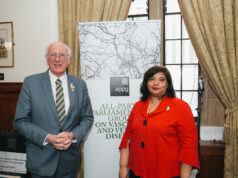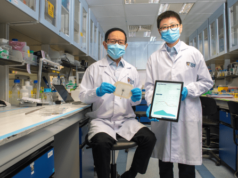A report titled ‘Venous Leg Ulcers: A Silent Crisis’ has been published by the All-Party Parliamentary Group on Vascular and Venous Disease (VVAPPG) at an event held at the Palace of Westminster, highlighting the opportunities available to help thousands of patients suffering with painful leg ulcers.
Over 200,000 people in the UK are known to suffer from venous leg ulcers (VLUs), which are extremely painful, malodorous, require constant attention, and are highly disruptive to people’s lives.
For most patients, the treatment options made available offer the chance to manage the ulcer, which is just the symptom, rather than addressing the underlying health issues that cause it. This is despite surgical options being available to treat the underlying health issues and promote faster healing rates, a cost-effective approach which could significantly improve lives.
Furthermore, evidence suggests that the UK spends up to £1.3 billion per year in managing venous leg ulcers. Around 64% of clinical commissioning groups’ commissioning policies were found to be non-compliant with NICE guidance and 75% of all VLUs do not receive a comprehensive vascular assessment, as enshrined in NICE guidance.
Evidence also shows that a health postcode lottery exists, whereby a patient’s entire experience may show significant variation depending simply on where they live. In response to this crisis, the VVAPPG launched its first report on VLUs on 15 October at the Palace of Westminster. The report aims to raise awareness on this subject and makes recommendations to deliver better health outcomes.
@DerekThomasUK launched the @VAPPG‘s first Venous Leg Ulcer report. It discussed how we can improve patient pathways and reduce the burden of this silent crisis to NHS patients and staff. Read it here: https://t.co/J7bpRIcCMK pic.twitter.com/Y00iCAoGr3
— Vascular&Venous APPG (@VAPPG) October 17, 2019
Derek Thomas MP, chair of the VVAPPG and member of the Health and Social Care Select Committee, said: “Every year thousands of patients are being failed by poor treatment pathways and misdiagnosis. What is worse is that so many doctors and vascular experts agree on what needs to change and how to do it.”
He added: “With this report, we want to raise awareness on this issue and point out that cost-effective medical solutions are available. It’s about saying, let’s get on and drive change to help thousands live without pain.”












